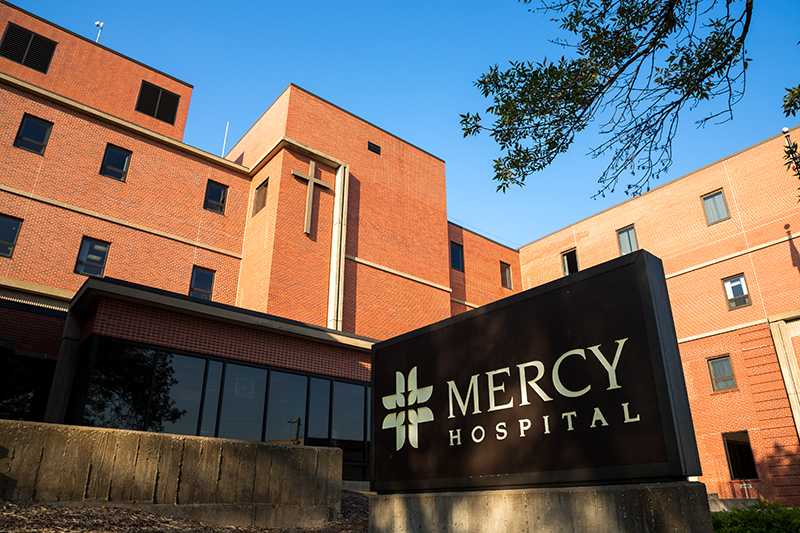Medical-student “Match Day,” which took place at the UI few weeks ago, often determines where medical students will stay for the majority of their professional careers.
According to the Report on Residents Executive Summary released by the Association of American Medical Colleges in December, approximately 54.5 percent of the trainees who did their residencies from 2007 through 2016 are practicing in the state in which they did their residency training.
Because of limited residency options in Iowa, the state is short on young physicians. In its current condition, Iowa is predicted to be short 200 primary-care doctors by 2025, according to a 2016 report from the Health Resources and Services Administration.
The limited amount of residency space in Iowa is due to Congress capping federal funding for medical-residency spaces in 1997, according to the Association of American Medical Colleges. Despite the lack of support from the government, it’s not a complete endgame for starting medical residencies in Iowa.
Marygrace Elson, the chairwoman for the Iowa Medical Society Board of Directors, said it is possible to independently begin a medical residency, although the process is extremely tricky, requiring an application and large amounts of money for education.
With the high amount of debt in Iowa, Elson said, medical students often wish to complete their residencies in a location in which they’ll receive more economic support.
“It’s an incentive to go into something that pays your debt a little bit better,” she said.
Additionally, she said, many students do not want to feel “stuck” in Iowa after graduating from medical school.
“It’s kind of a chance to spread their wings and go somewhere else,” Elson said. “It might be a time for them to see what it’s like living in a big city.”
Johnny Malicoat, the public-relations director for UI Medicus, said he was not shocked to learn about the findings.
“A lot of people I’ve talked to expressed that they want to leave the state of Iowa, which personally, is how I feel, too,” Malicoat said. “I think people just want to go experience a bigger, more urban area as opposed to Iowa, which has more rural opportunities in family practice.”
As an aspiring orthopedic, Malicoat said, he would have more opportunities outside of Iowa.
“There’s better residencies in other states and more open slots as opposed to the state of Iowa, where it’s more competitive,” he said. “Statistically, it would be better to go to a different state.”
Although it has hindrances, the state has helped elevate the careers for current practitioners.
Eleanor Lavadie-Gomez, a clinical assistant professor of family medicine, was originally from New Mexico but completed her M.D. at the UI Carver College of Medicine.
She took a year off after completing medical school to become an in-state resident. With this decision, it cut her student loans in half.
“I took a chance, and upon meeting some of the people, I definitely saw this as a place where I could live,” she said.
Malicoat said the future does not look entirely bleak for future physicians wishing to stay in Iowa.



